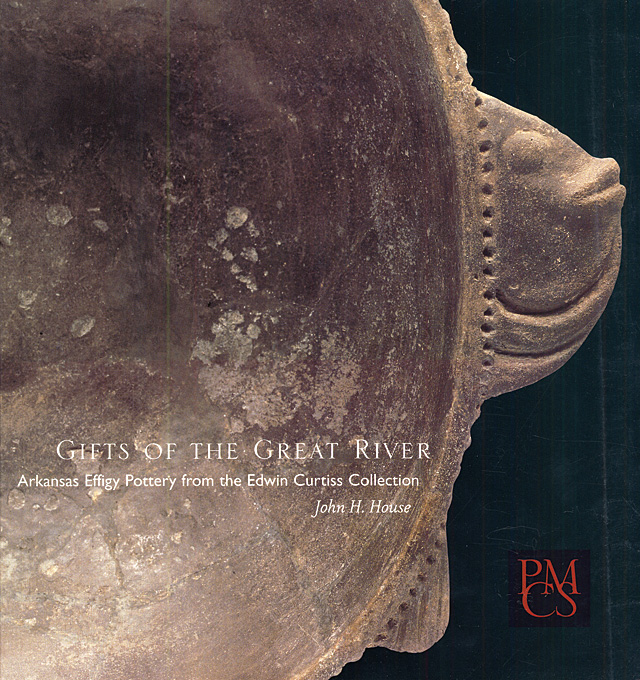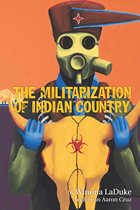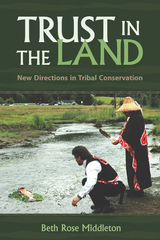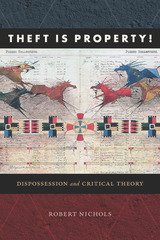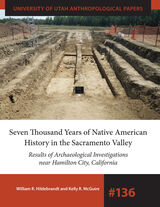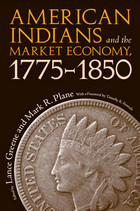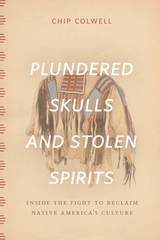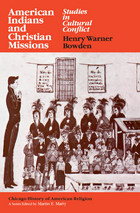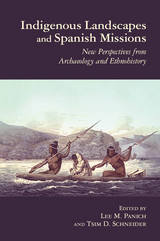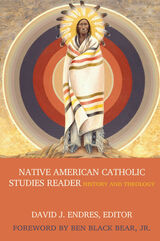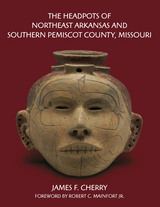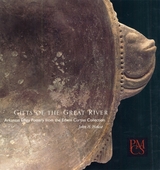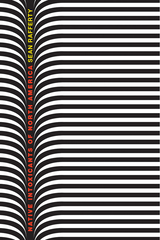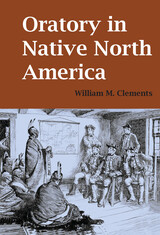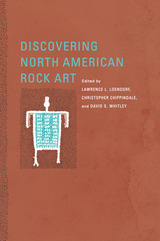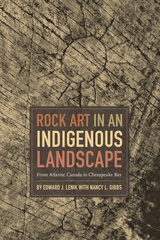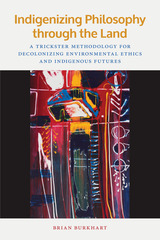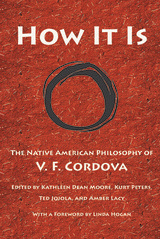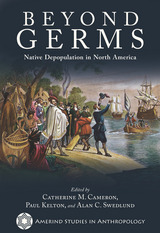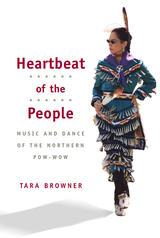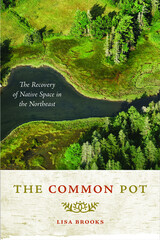Gifts of the Great River: Arkansas Effigy Pottery from the Edwin Curtiss Collection
Harvard University Press, 2005
Paper: 978-0-87365-401-2
Library of Congress Classification E98.M6815H68 2003
Dewey Decimal Classification 738.30899707679
Paper: 978-0-87365-401-2
Library of Congress Classification E98.M6815H68 2003
Dewey Decimal Classification 738.30899707679
ABOUT THIS BOOK | REVIEWS | TOC
ABOUT THIS BOOK
In 1879 Edwin Curtiss set out for the wild St. Francis River region of northeastern Arkansas to collect archaeological specimens for the Peabody Museum. By the time Curtiss completed his fifty-six days of Arkansas fieldwork, he had sent nearly 1,000 pottery vessels to Cambridge and had put the Peabody on the map as the repository of one of the world's finest collections of Mississippian artifacts. John House brings us a lively account of the work of this nineteenth-century fieldworker, the Native culture he explored, and the rich legacies left by both. The result is a vivid re-creation of the world of Indian peoples in the Mississippi River lowlands in the last centuries before European contact. The volume's focus is Curtiss's collection of charming and expressive effigy vessels: earthenware bowls and bottles that incorporate forms of fish, birds, mammals, amphibians, and humans, including the Peabody's famous red-and-white head vase.
See other books on: Archaeological expeditions | Collection and preservation | Collectors and collecting | Gifts | Peabody Museum of Archaeology and Ethnology
See other titles from Harvard University Press
